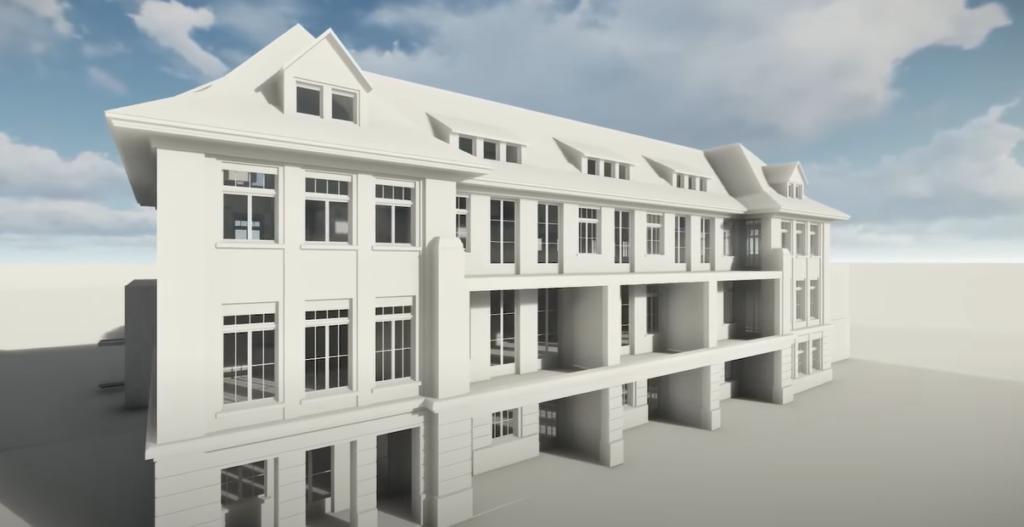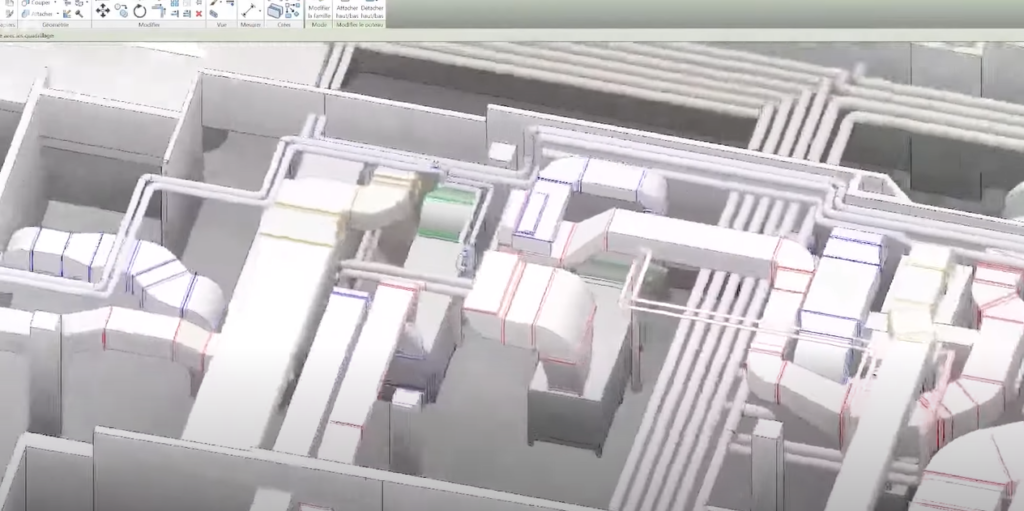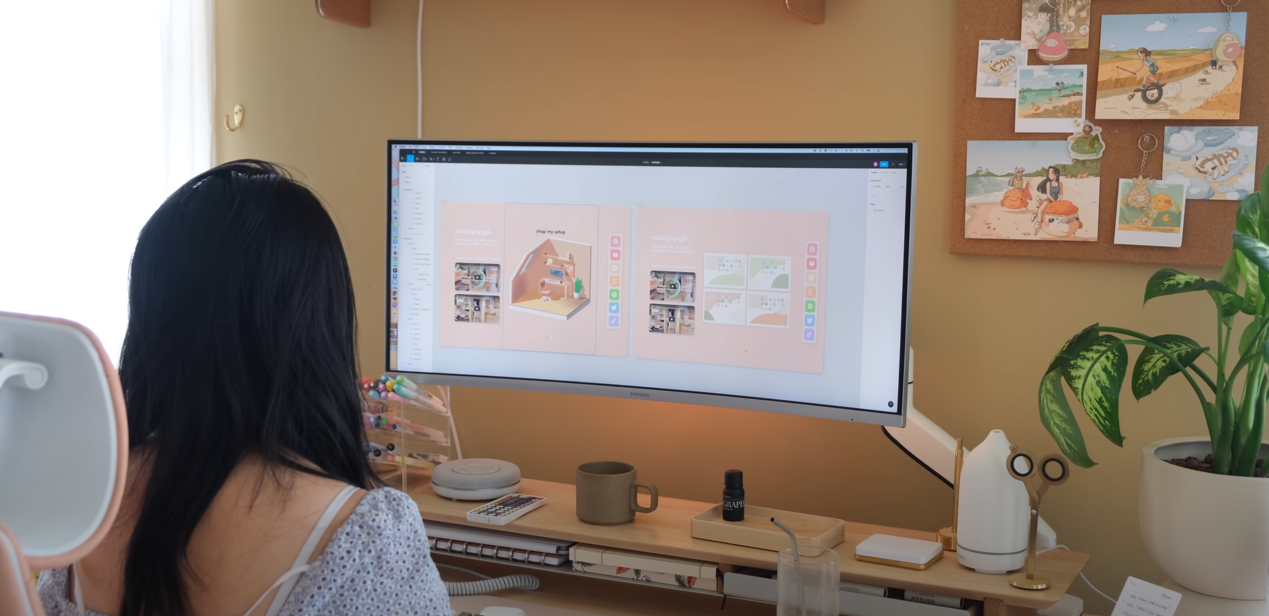When it comes to the realm of architecture, engineering, and construction (AEC), there are two groundbreaking technologies that have been reshaping the industry’s landscape: Building Information Modeling (BIM) and 3D Modeling. These tools have completely revolutionized how professionals plan, design, and execute projects. However, despite both aiming to create digital representations of physical entities, they differ significantly in their purpose, complexity, and usage.
In-Depth Understanding: 3D Modeling
3D modeling is a design technique in which a three-dimensional representation of a physical object or structure is created using specialized software. From creating impressive visuals to assist in the design process, the reach of 3D modeling is broad.
Key Software used in 3D Modeling
There is a wide variety of software available for 3D modeling, each with its own strengths and weaknesses. Here’s a brief overview of a few popular ones:
| Software | Description |
|---|---|
| Autodesk Maya | Used extensively in the film and TV industry, this software offers a comprehensive suite of tools for 3D animation, modeling, simulation, and rendering. |
| Blender | An open-source 3D creation suite supporting the entire 3D pipeline, from modeling and rigging to animation and game creation. |
| 3ds Max | Popular in game development and architectural visualization, it provides robust modeling tools and flexible plugin architecture. |
| ZBrush | This digital sculpting tool combines 3D/2.5D modeling, texturing, and painting, and is frequently used in the creation of high-resolution models for movies and games. |
| SketchUp | Known for its user-friendly interface, this software is used primarily for architectural design and interior design. |
Examples of 3D Modeling Applications The applications of 3D modeling span across various fields:
- Gaming Industry: 3D models are used to create characters, props, and environments for video games. They add depth and realism to the game’s visual experience;
- Film and TV: In filmmaking, 3D models are used for creating special effects, animated films, and virtual reality experiences. They allow for the creation of scenes and characters that would be too dangerous, expensive, or simply impossible to film in real life;
- Architecture and Engineering: In these industries, 3D models are used to visualize and test designs before construction or production begins. This can save time and money, as well as enable the detection of potential design flaws;
- Medical Science: 3D modeling is also used in medical science for a variety of purposes, such as surgical planning and the creation of prosthetics;
- Education: In education, 3D models can be used to create interactive teaching materials that can help students visualize and understand complex concepts.
Advantages and Disadvantages of 3D Modeling
| Benefits of 3D Modeling | Drawbacks of 3D Modeling |
|---|---|
| 1. Improves visual communication of ideas. | 1. Requires expensive software and hardware. |
| 2. Allows easy error detection and correction. | 2. Steep learning curve, time-consuming to master. |
| 3. Provides visualization before manufacturing. | 3. Errors in the design process can lead to inaccuracies. |
A Deeper Dive into Building Information Modeling (BIM)

Unlike 3D modeling, which primarily focuses on visual elements, Building Information Modeling (BIM) is a more comprehensive tool. It combines 3D modeling with time, cost, and life-cycle management information, providing a thorough overview of a project.
Key BIM Software Solutions
There is a range of software available for BIM, each providing unique features. Below are some of the most widely-used options:
| Software | Description |
|---|---|
| Autodesk Revit | A BIM software used primarily for architectural design, MEP engineering, structural engineering, and construction. |
| ArchiCAD | Known for its speed and ease of use, it’s used for architectural and interior design, urban planning, and building design. |
| Navisworks | This software provides project review and collaboration capabilities, offering integrated tools for 5D analysis and simulation. |
| Tekla Structures | An advanced structural software for BIM, it provides an accurate, detailed, and data-rich 3D environment. |
| Bentley Systems OpenBuildings Designer | This software allows for building design, analysis, and simulation, supporting building architects, structural engineers, and MEP engineers. |
Applications of BIM BIM finds applications in several domains
- Construction Industry: BIM is used to streamline the design and construction process. It facilitates collaboration, error detection, and resolution, which can lead to significant time and cost savings;
- Urban Planning: BIM can be used to create and analyze urban designs, thereby improving planning and development strategies;
- Facilities Management: The data from BIM can help in the maintenance and operations of a building, providing information about asset life cycles, energy consumption, and more;
- Sustainability Analysis: BIM can be used to analyze a building’s energy performance and environmental impact, which can guide the development of sustainable design strategies.
Pros and Cons of BIM
Like any technology, BIM also has its benefits and drawbacks:
| Advantages of 3D Modeling | Disadvantages of 3D Modeling |
|---|---|
| 1. Enhances communication and collaboration among stakeholders. | 1. Can be expensive due to high software costs and training needs. |
| 2. Increases efficiency by reducing errors and redundancies. | 2. Data security concerns with multiple users accessing the model. |
| 3. Provides a holistic view of the project, including design, cost, and timeline. | 3. Implementation can be complex, especially for larger projects. |
Contrastive Analysis: BIM vs. 3D Modeling
While both 3D modeling and BIM provide visual representations, they diverge significantly in other areas:
| Criteria | 3D Modeling | BIM |
|---|---|---|
| Primary Focus | Visual Representation | Comprehensive Project Management |
| Collaboration | Limited | High |
| Information Included | Geometry Only | Geometry, Time, Cost, Lifecycle |
| Complexity | Basic | Advanced |
| Usage | Broad (Gaming, Movies, Architecture) | Specifically for AEC industry |
These differences underscore the various strengths and weaknesses of each approach, which impact their selection depending on the project’s specific requirements and complexity.
Exploring the Practical Application of BIM and 3D Modeling

To comprehend the practical differences between BIM and 3D modeling, let’s consider a hypothetical construction project. The architectural firm wants to create a digital model of a new commercial building:
Applying 3D Modeling
Let’s begin by exploring the practical application of 3D modeling in this project:
- Visualization and Aesthetics: Using cutting-edge 3D modeling software, the architects can create stunning visual representations of the building’s exterior and interior. The model allows stakeholders to visualize the building from various angles, providing a realistic understanding of its appearance and aesthetics;
- Conceptual Design: The architects can swiftly generate and modify design iterations using 3D modeling. This iterative process empowers them to experiment with different architectural styles, spatial arrangements, and façade options, facilitating the evolution of a compelling concept;
- Clash Detection: One of the essential advantages of 3D modeling is clash detection. By simulating the different building systems, such as electrical, plumbing, and HVAC, the architects can identify potential clashes and resolve them before construction begins, thus reducing costly on-site conflicts;
- Stakeholder Engagement: The visually captivating 3D model serves as an excellent communication tool with investors, clients, and the public. It fosters better engagement and understanding of the project’s vision, garnering support and buy-in from all stakeholders.
Applying BIM
Now, let’s explore how the architectural firm leverages BIM to enhance the project’s practicality and efficiency:
- Comprehensive Data Integration: BIM goes beyond simple 3D representation by integrating various data points related to the building. This includes information about building materials, construction costs, energy efficiency, and schedules;
- Parametric Modeling: BIM allows the architects to create parametric models, where changes in one aspect automatically update related elements. For instance, altering the building’s dimensions will adjust the required materials, cost estimations, and construction schedule accordingly;
- Performance Simulation: BIM’s advanced capabilities enable architects to simulate the building’s performance under different conditions, such as wind flow, thermal behavior, and structural integrity. This analysis ensures that the final design is optimized for efficiency and sustainability;
- Collaboration and Coordination: With BIM, all project stakeholders, including architects, engineers, contractors, and subcontractors, can access a centralized model. This fosters seamless collaboration, efficient communication, and the ability to address conflicts in real-time.
Comparison of 3D Modeling and BIM
To better appreciate the distinctions between 3D modeling and BIM, let’s present a comparative table:
| Aspects | 3D Modeling | BIM |
|---|---|---|
| Visualization | Stunning visuals | Detailed visualizations |
| Data Integration | Limited information | Comprehensive data |
| Clash Detection | Basic clash detection | Advanced clash detection |
| Simulation | Basic performance | Extensive performance |
| simulation | simulation | |
| Collaboration | Limited collaboration | Seamless coordination |
Conclusion
Understanding the distinct characteristics and capabilities of BIM and 3D Modeling is crucial for any AEC professional. While both methods have their strengths, the choice between them ultimately depends on the project’s needs. In some cases, they can be used complementarity for maximum benefits.
For a more interactive understanding of the difference between 3D modeling and BIM, check this video:
BIM and 3D modeling have each carved their niche in the AEC industry, transforming how projects are conceptualized, designed, and realized. Despite their common goal of creating digital representations of physical spaces, they serve different purposes and offer distinct advantages. While 3D modeling focuses on visualization and design, BIM takes the process a step further by integrating additional information and fostering collaboration. The choice between the two is project-dependent, but understanding their differences is critical for successful project execution.
FAQ
While BIM provides a broader array of information and collaborative possibilities, it doesn’t necessarily make it superior to 3D modeling. The choice between the two depends on the project’s requirements and complexity.
3D modeling requires proficiency in specific software such as AutoCAD, Blender, or SketchUp, along with a strong understanding of geometry and spatial awareness. BIM, on the other hand, requires additional skills in project management, knowledge of construction processes, and proficiency in BIM software like Revit and ArchiCAD.
Yes, they can be integrated. For instance, a project might begin with 3D modeling for preliminary visualizations, followed by BIM for detailed planning and execution.
